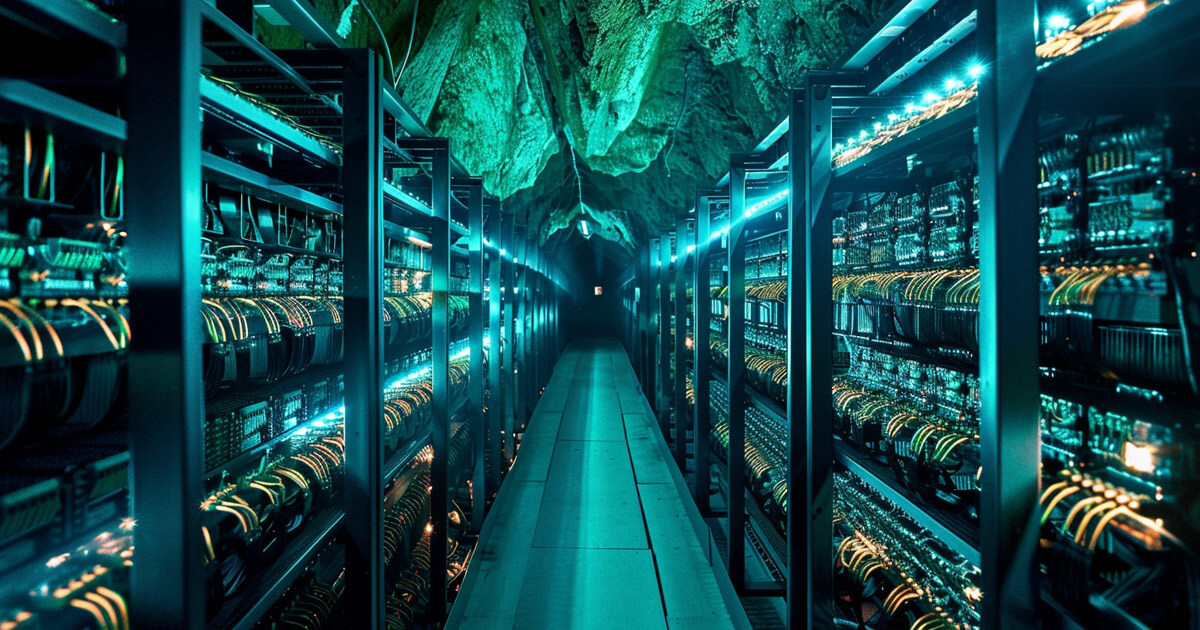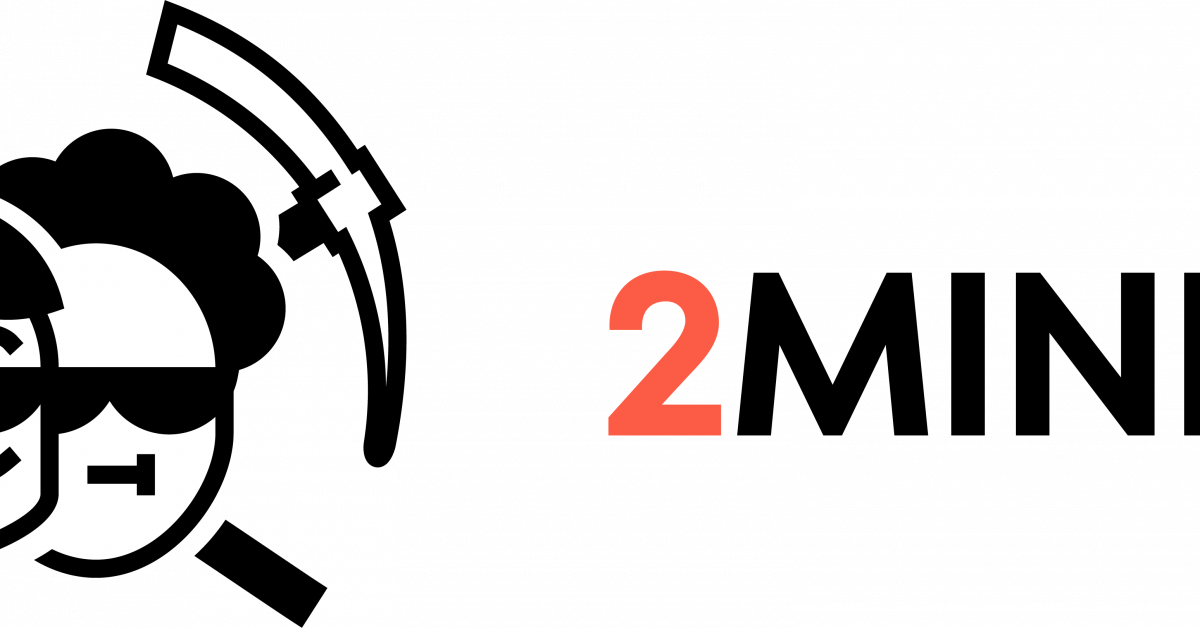The Bitcoin halving reduced miner output by more than 40% in May.


Several Bitcoin miners experienced reduced BTC production in May due to the impact of the Bitcoin halving event in April.
Bitcoin halvings occur approximately every four years and automatically reduce miner rewards, increasing the scarcity of the flagship digital asset.
This year, the event reduced the mining reward to 3.125 BTC. This significantly reduced total daily BTC production to a maximum of 450 BTC.
Miners expose decline in production
In a June 4 statement, CleanSpark reported a 42% decline in BTC production, from 721 BTC in April to 417 BTC in May. Despite this decline, the company claimed it has surpassed industry expectations, with post-halving production exceeding the pre-halving production of some competitors.
The miner said he sold about 2.43 BTC in May and ended the month with total Bitcoin holdings of 6,154 BTC.
CleanSpark CEO Zach Bradford highlighted the positives during this period, noting that the company achieved a new record high of nearly 18 exahashes per second while increasing efficiency to 23.05 joules per terahash.
Similarly, Riot Platforms’ Bitcoin production in May was down 43% month-over-month to 215 BTC. However, the company received $7.3 million in energy credits for power savings and participation in the local grid operator’s demand response program.
Riot CEO Jason Les pointed out that the company is on track to meet its 2024 hash rate increase target. He added:
“Building A1, the first 100 MW building at our Corsicana facility, is now fully developed and miner deployment is nearly complete. A significant portion of these miner deployments took place at the end of the month, and overall they added 3.1 EH/s to Riot’s own mining capacity, bringing Riot’s total own mining capacity to 14.7 EH/s.”
Meanwhile, Bitfarms’ Bitcoin production has fallen to levels similar to others. Mining operations in May generated 156 BTC, a 42% decrease from the 269 BTC produced in April.
Btifarms said its production reflected the first month of reduced block rewards and was also affected by some operational issues, including curtailment in Argentina and significant downtime during miner upgrades.
Meanwhile, the miner sold 136 BTC for $8.9 million as part of its treasury management process. It added that as of May 31, it held about 850 BTC, worth about $57.2 million.
Market experts said the report outlines the widespread impact of Bitcoin halving on miners and how this has forced them to adjust their strategies to remain profitable in a rapidly evolving environment.



